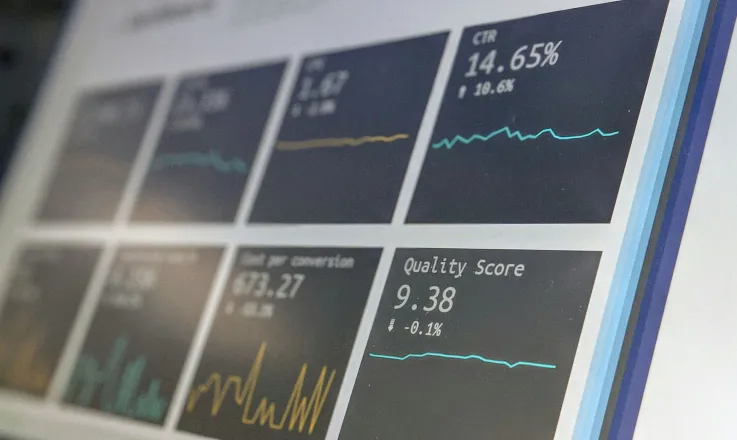Upgrade to Drupal 9 - It’s easier than you think
Drupal 9 was released on June 3rd, 2020. It marks a major milestone in the history of the world’s number one enterprise open source CMS. Although any major version update may sound like a risky undertaking, upgrading from Drupal 8 to 9 is a walk in the park. Here’s why.
This is not a migration
Previously, a major version update for Drupal implied a time-consuming migration process. It usually involved content migrations, configuration changes and porting modules to enable them to work properly. In some cases, migrating took nearly as much effort as rebuilding a site from scratch.
This time however, upgrading will most probably have none of that. In fact, according to the founder of the Drupal project, a key target when developing Drupal 9 was ease of upgrade (https://dri.es/making-drupal-upgrades-easy-forever). Version 8 was all about dealing with technical debt so that future releases would be like they are in WordPress: painless, fast, and fun. With Drupal 9, this has finally been accomplished.
There’s plenty more shiny new stuff under the hood that propels Drupal into this new era of digital experience frameworks.
What’s great about Drupal 9
Ease of upgrade is not the only new feature in Drupal 9. There’s plenty more shiny new stuff under the hood that propels Drupal into this new era of digital experience frameworks. What we are most excited about is its API-first development. Drupal now includes JSONAPI in core. This means Drupal is no longer the traditional monolithic cms we’ve come to know. Instead, it is now built to support headless applications, third-party data integrations and pretty much any modern innovative use cases for the open web. Furthermore, editorial flexibility and content management experience both took huge leaps forward.
Upgrading from Drupal 8
Drupal site owners who have been keeping their Drupal install up-to-date are in for the smoothest ride. The only differences between Drupal 8.9.0 and Drupal 9 is the removal of some deprecated APIs and the inclusion of updated third-party dependencies, such as Symfony and Twig. As long as the modules you have in use do not rely on deprecated code or libraries, you should be good to go.
This how our Drupal experts prepare for a smooth operation when upgrading a Drupal 8 site to Drupal 9:
- Ensure that a site is running the latest stable version of Drupal 8 and any contributed modules installed
- Install and run the Upgrade Status module. This tool integrates into the site’s status update to check system requirements and contrib module compatibility for Drupal 9.
- If we run into contrib modules with compatibility issues, scan the respective module’s Drupal.org page and issue queue to find out about their Drupal 9 readiness and possible solutions or workarounds.
- Check custom modules for use of deprecated libraries or APIs. The Rector module is often very helpful. It automates PHP code upgrades by renaming classes, methods, properties, namespaces and constants.
- Check the hosting environment and make necessary changes if needed. The Upgrade Status module should point out the system requirements for Drupal 9.
After completing these steps, we are ready to update the Drupal core to version 9.
Upgrading from Drupal 7
For Drupal 7 site owners, there is no clear upgrade path. Upgrading from Drupal 7 usually involves rebuilding the site in the new version and migrating all content and configuration to the new site. This may require more resources, but it is a great opportunity to rethink the site structure and implement some major improvements.
We’re here to help
Whatever your current situation, we are here to help. We combine strategy, design and development on a daily basis to help our clients solve complex business challenges. And our Drupal migration experts are more than comfortable upgrading or migrating any complex website to Drupal 9.
Send us an email or give us a call to discuss your project with us! We’re happy to help.

